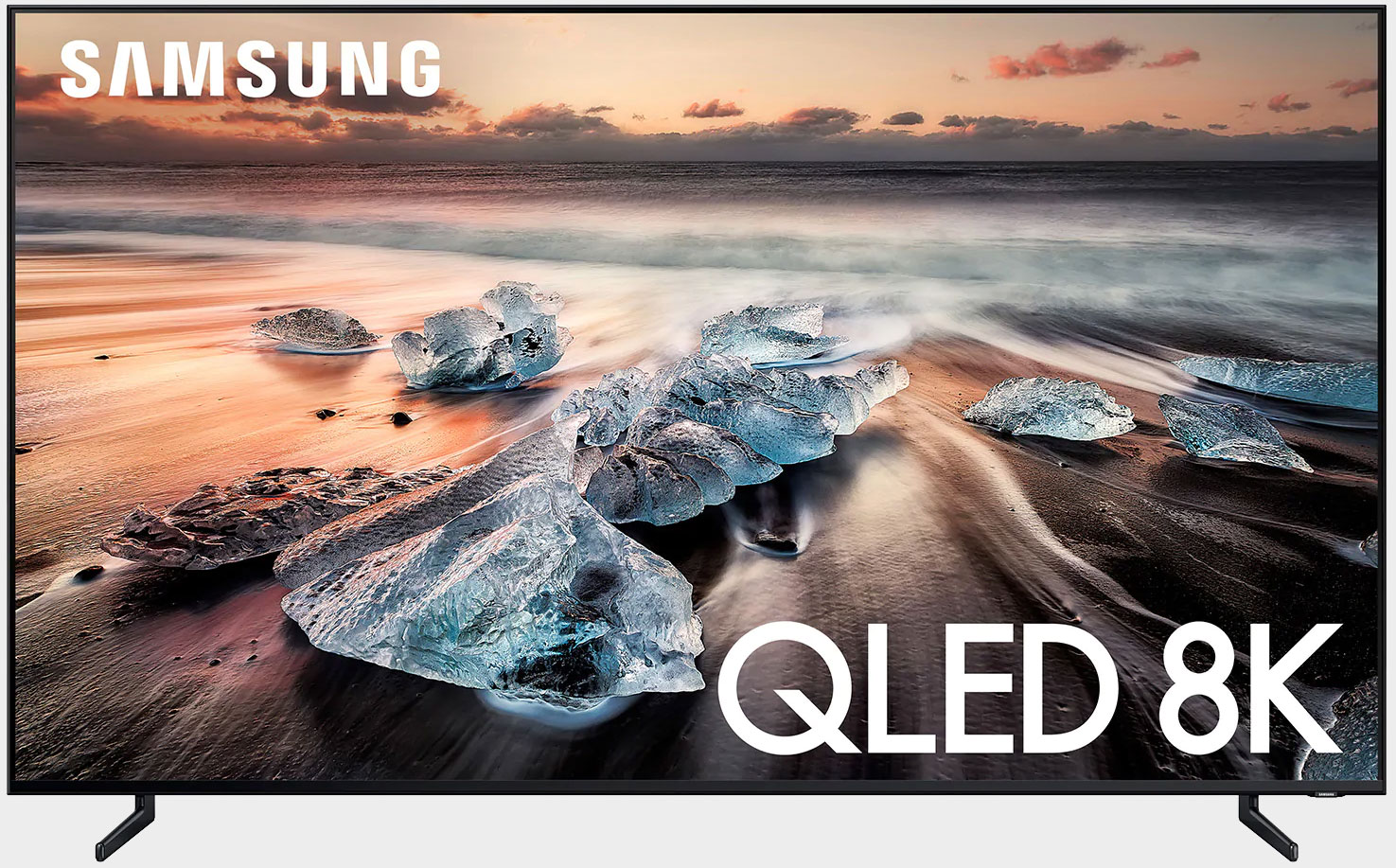8K monitors are a long way off, but as a reminder, they will be expensive
Gaming at 8K won't be cheap.

Gaming comfortably at 4K is an expensive proposition—two of the best monitors for the job are Acer's Predator X27 and Predator XB321HK, both of which cost a pretty penny (lots of pretty pennies, actually, and a bunch of nickels, quarters, silver dollars, and so forth). There's also the cost of the graphics card. Be that as it may, Samsung's launch of a new line of 8K televisions is a reminder that 8K gaming looms somewhere off in the distance, and is likely to be just as expensive.
If you're eager to make the leap now, Samsung's new Q900R will set you back at least $5,000, which is the price for the 65-inch model, and as much as $15,000 for the 85-inch model. There's also a 98-inch model that is coming out, thought Samsung didn't mention pricing for that one—we're guessing nothing short of your first born.
Of course, these are TVs, not computer monitors, so there's only so much we can glean. Still, there continues to be a push towards gaming in the living room, as we've seen with things like Steam's Big Picture mode and Nvidia's Big Format Gaming Display (BFGD) platform.
Samsung is touting a "real" 8K resolution on these new TVs, which translates to a 7680 x 4320 resolution. That works out to more than 33 million pixels (33,177,600 to be precise). For reference, 4K equates to 8,294,400 pixels. Now imagine the kind of GPU muscle that would be needed to push four times as many pixels as 4K. Yeah, Turing and Vega in their current form are not going to cut it.
These new TVs support high dynamic range (HDR) visuals, with brightness to spare. Specifically, Samsung says they're capable of peaking at an eye-searing 4,000 nits. That's four times brighter than some of the best HDR displays on the market, and leaps and bounds ahead of displays that squeak by at 400 nits, the lowest possible brightness VESA will even consider for its DisplayHDR certification.
While gaming is not the focus here, Samsung does have game play in mind, to an extent. In a separate press release that clumps its new 8K TVs and 4K TV lineup for 2019, Samsung mentions FreeSync support.
"Real Game Enhancer optimizes the gaming experience through a unique set of gaming features. This year, Real Game Enhancer features AMD Radeon Freesync variable refresh rate technology, which helps prevent tearing and stuttering, as well as Game Motion Plus, which removes motion blur and judder," Samsung says.
The biggest gaming news, reviews and hardware deals
Keep up to date with the most important stories and the best deals, as picked by the PC Gamer team.
"Real Game Enhancer combines these technical innovations with Auto Game Mode, which minimizes input lag on compatible devices. It also includes AI-based audio and video enhancements that optimize the settings to delivering cinematic sound and smooth, lifelike visuals that can remain clear even during bright and dark scenes," Samsung continues.
All that said, 8K has already found itself to the monitor scene. Dell's UltraSharp UP3218K is a 31.5-inch display with a 7680 x 4320 resolution, listed at $4999.99 (it's on sale for $3,899.99). There is no HDR support or gaming amenities, because no one is gaming at 8K anyway. Not many game even at 4K, relatively speaking. Steam's hardware and software survey shows just 1.48 percent of gamers play at 4K, whereas the vast majority—60.48 percent—still play at 1080p.
So, don't fret the emergence of more 8K displays. It's going to be a long time before it trickles into the mainstream gaming scene.
Paul has been playing PC games and raking his knuckles on computer hardware since the Commodore 64. He does not have any tattoos, but thinks it would be cool to get one that reads LOAD"*",8,1. In his off time, he rides motorcycles and wrestles alligators (only one of those is true).


